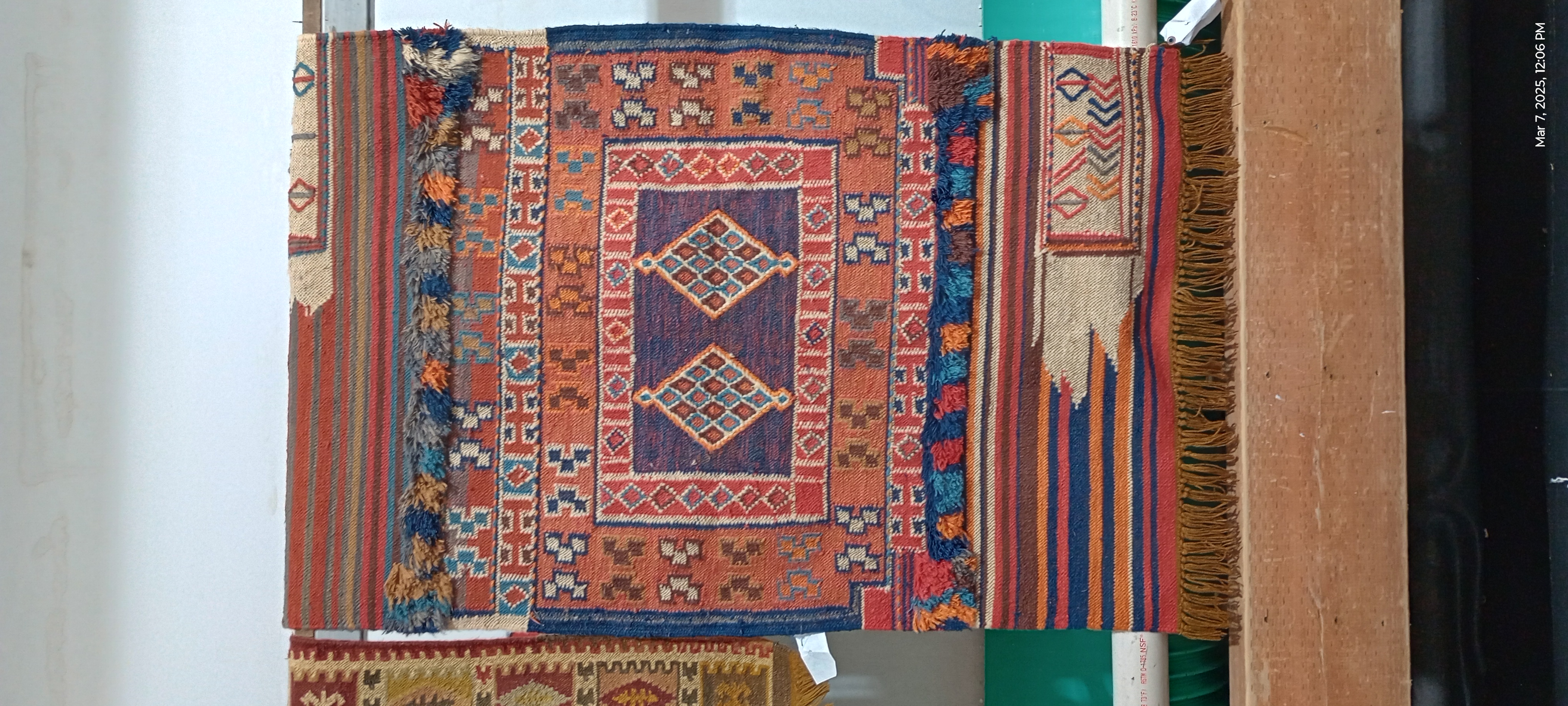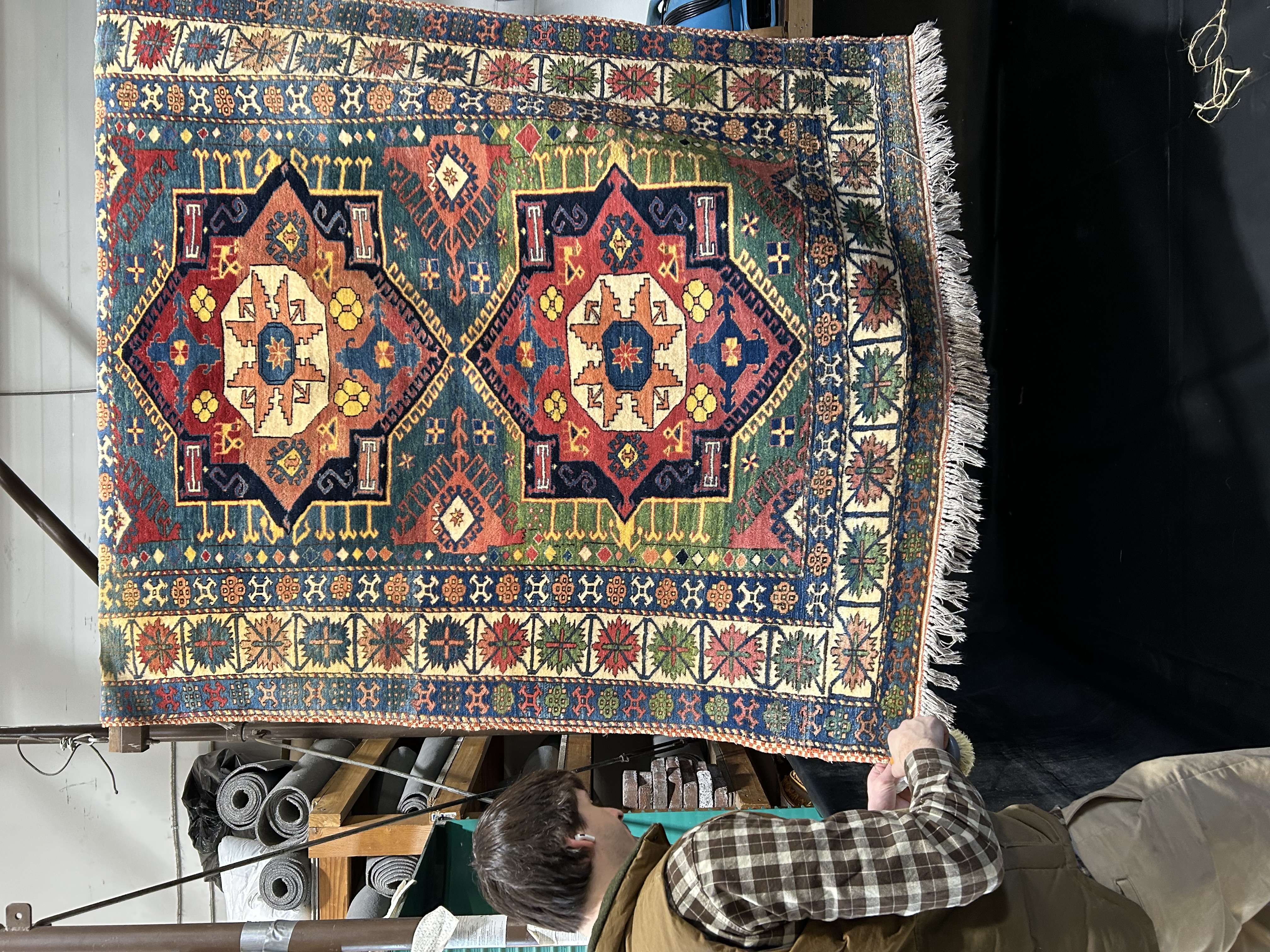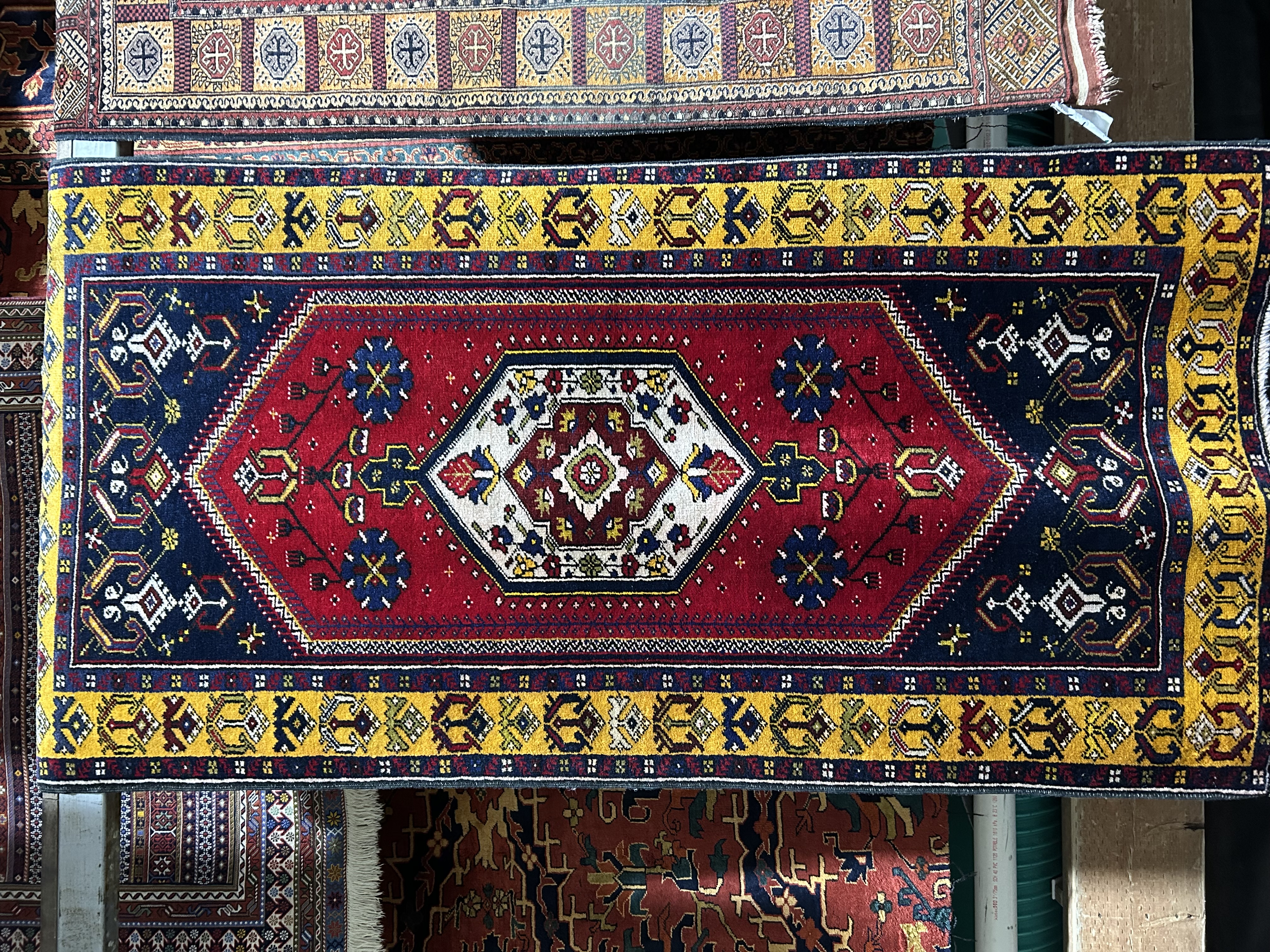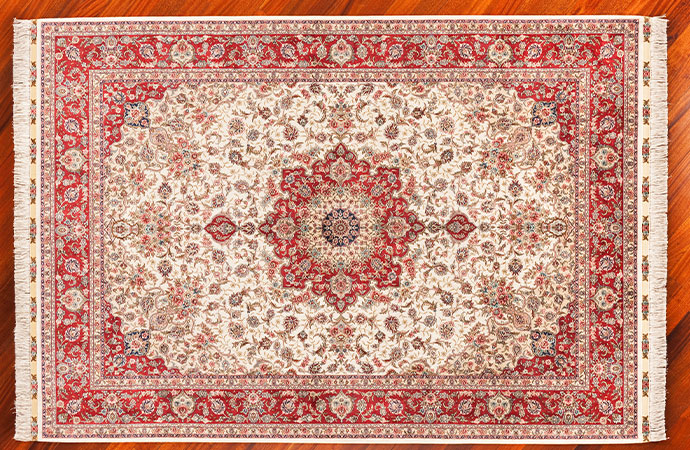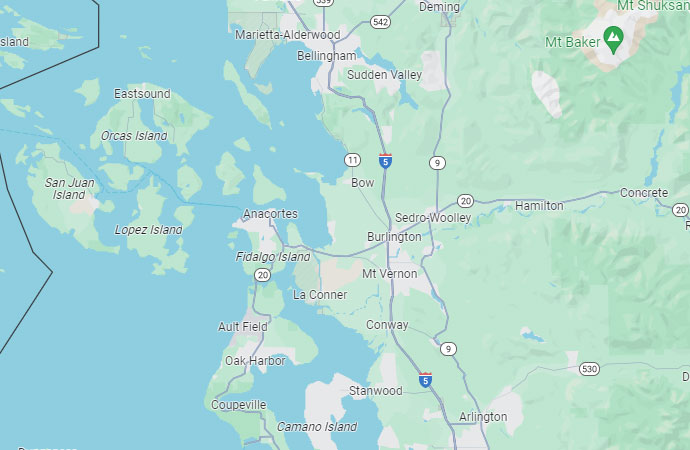Turkish Rug Cleaning in Bellingham & Mount Vernon
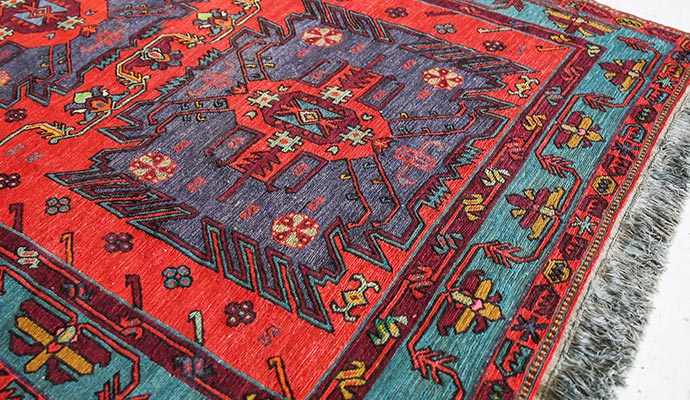
The history of Turkish rugs dates to 550 BC when present day Turkey was part of the Persian empire. Today the majority of Turkish rugs are crafted in three regions, East, West and Central Anatolia. An array of beautiful motifs, borders and theme patterns have accumulated over the centuries and would take a lifetime of study to identify andunderstand the historical meaning of them all. Today a popular design (motif) that’s been around for generations is the Tree of Life, symbolizing long life and re-birth. Another is the Hands On Hips, fertility and mother of God.
At Steam Sweepers Rug Cleaning we may not be capable of explaining every motif on a Turkish rug, but we can certainly bring back their beauty & value with the same rug cleaning method used today in Turkey, Cold-water immersion.
We assist customers in Bellingham, Mount Vernon, Stanwood, Oak Harbor, Anacortes and more cities in our Northwest Washington service area. Call or contact us online to consult with a Steam Sweepers Persian rug cleaning expert about your Turkish rug at 360-762-3020 or click here to schedule a rug pickup..
We also provide services for rug repairs, guaranteed odor removal, pet stain treatment, moth prevention, rug fiber protection and custom cut rug pads.

